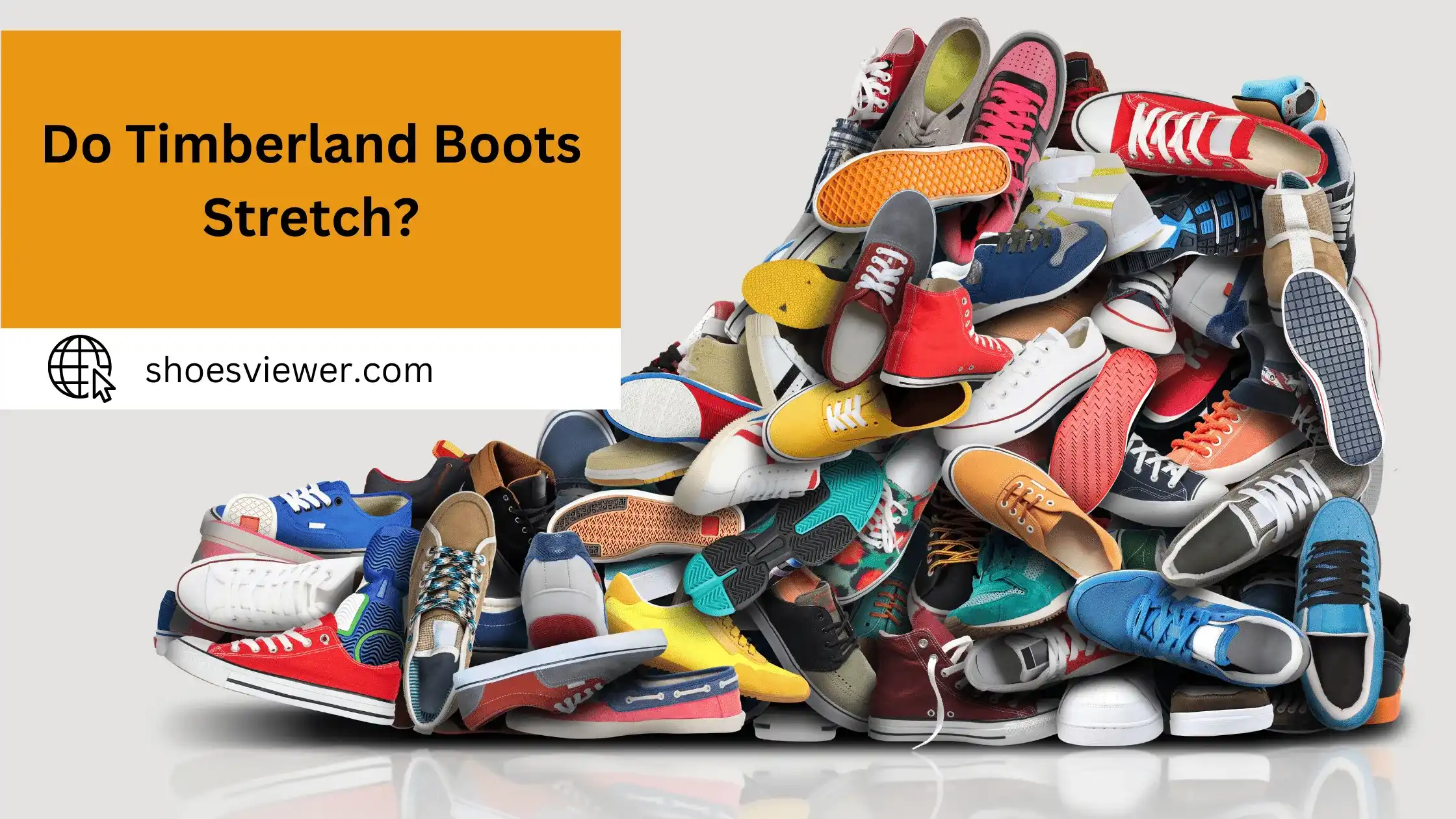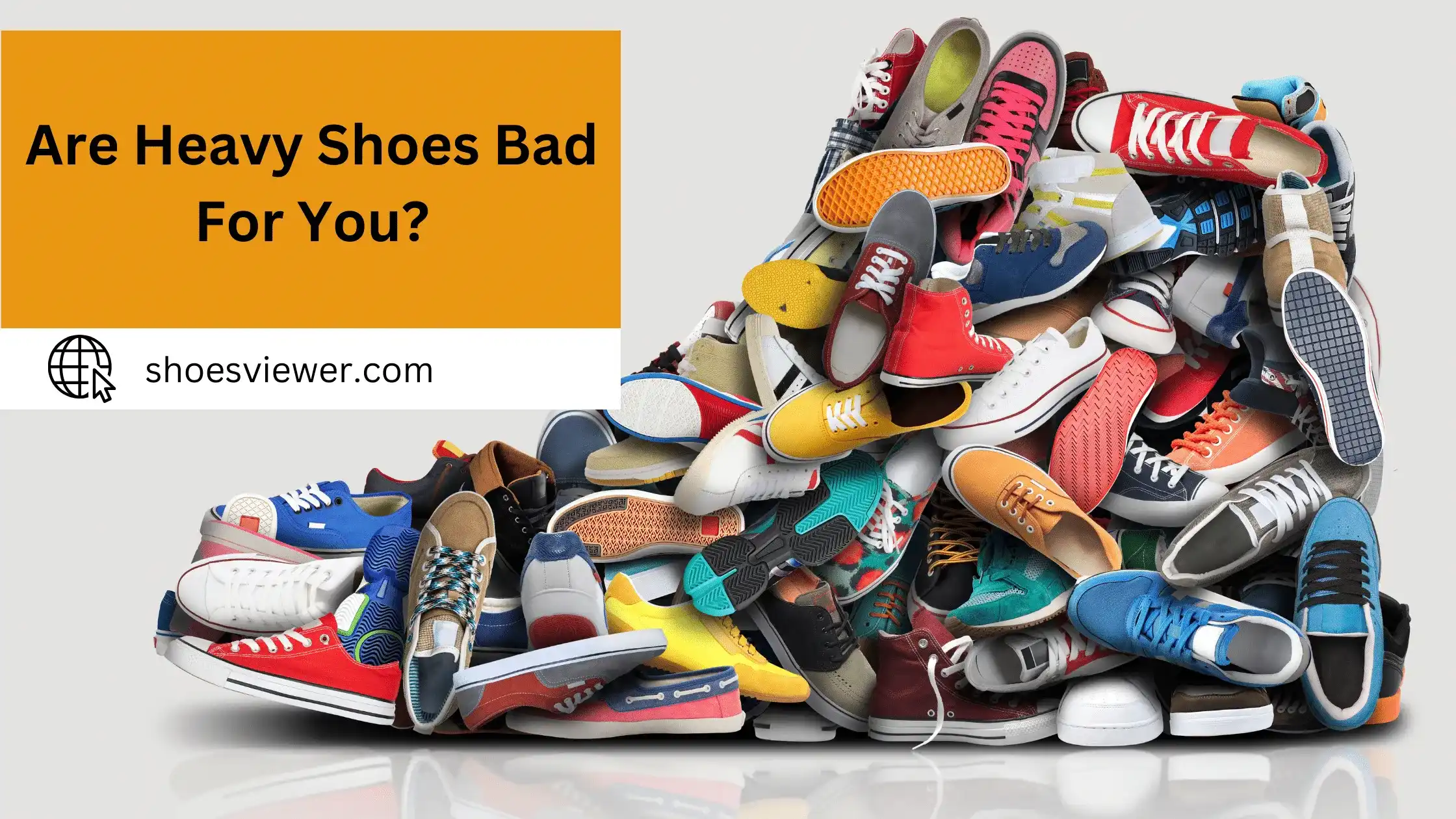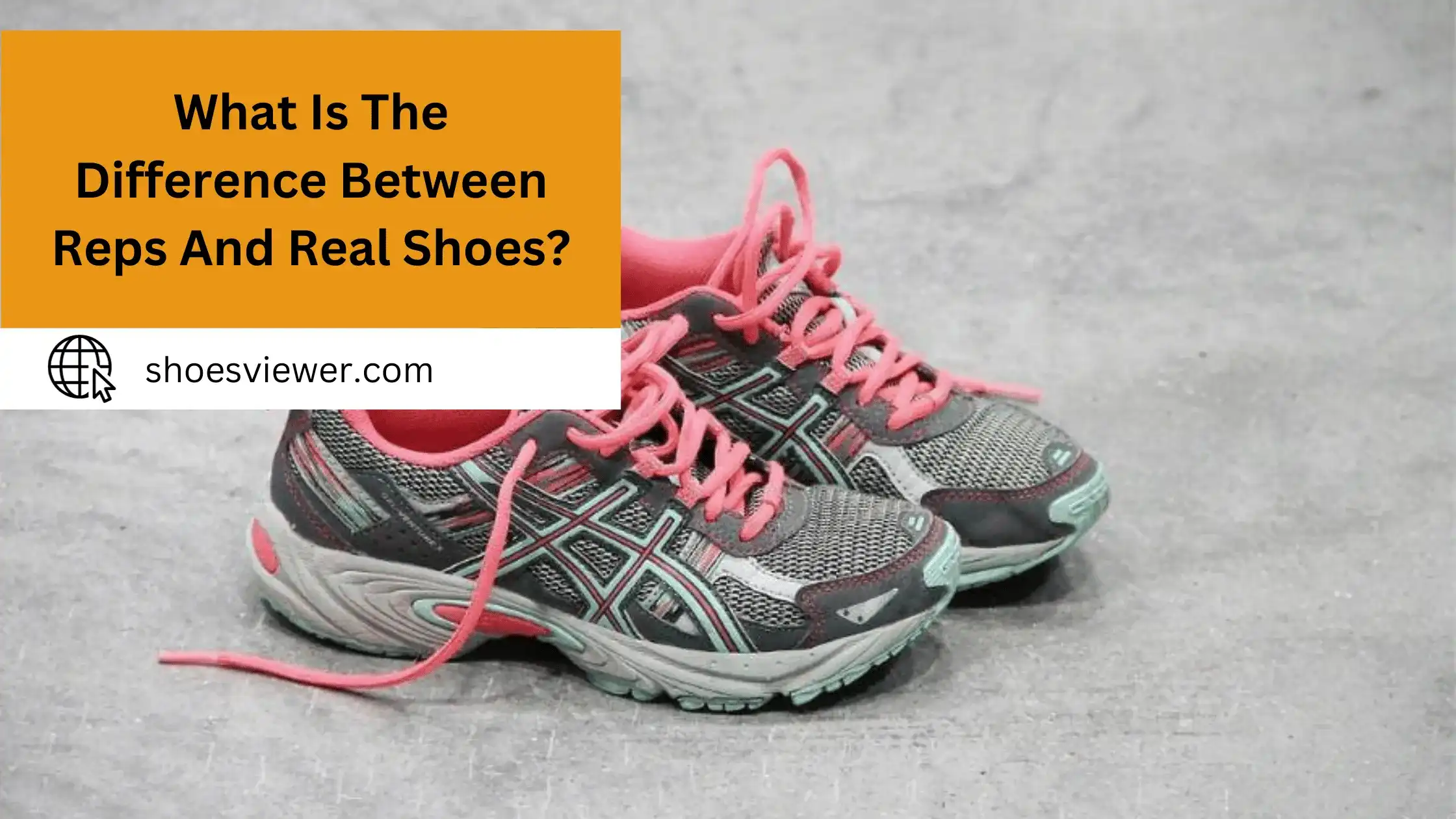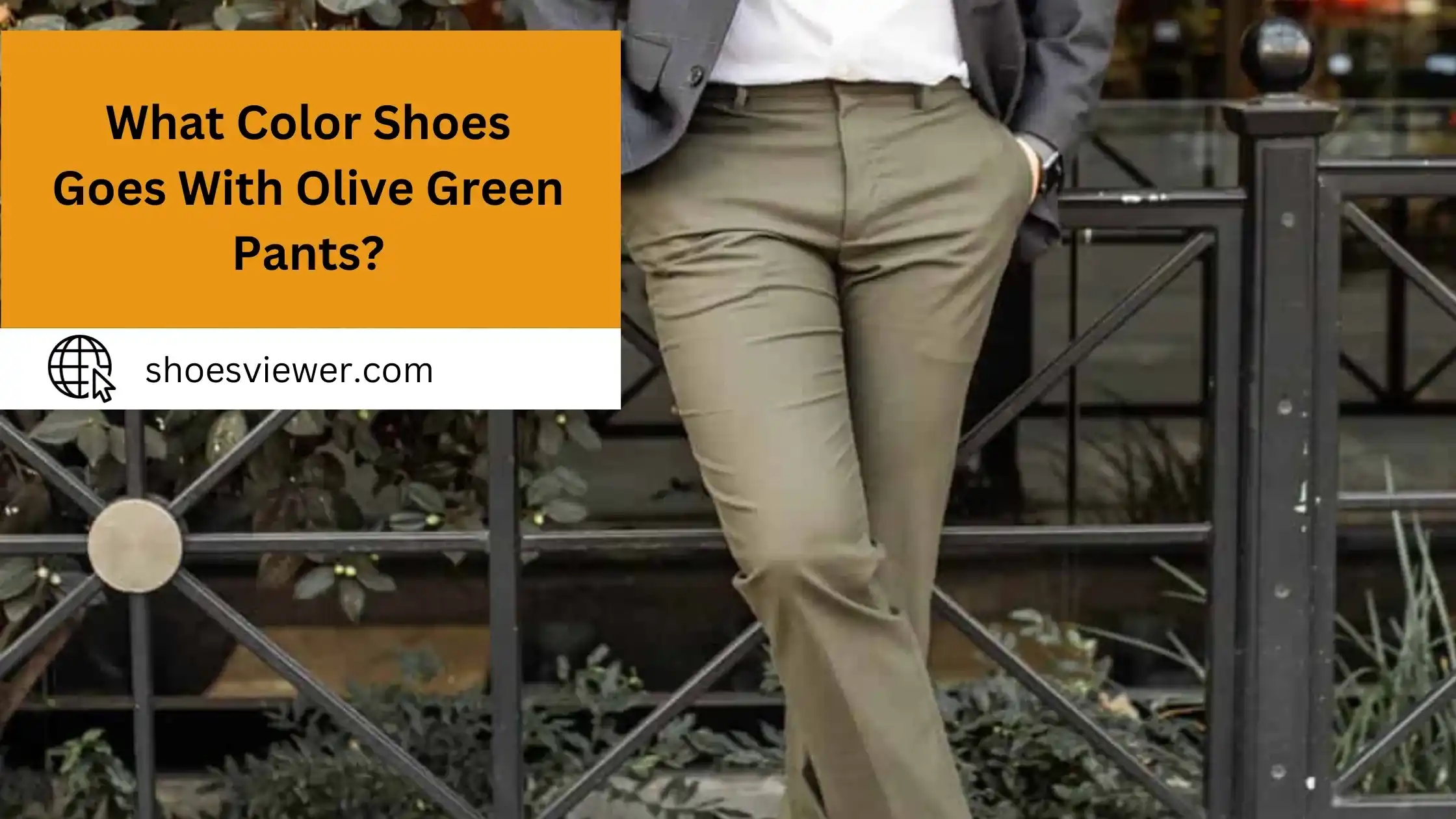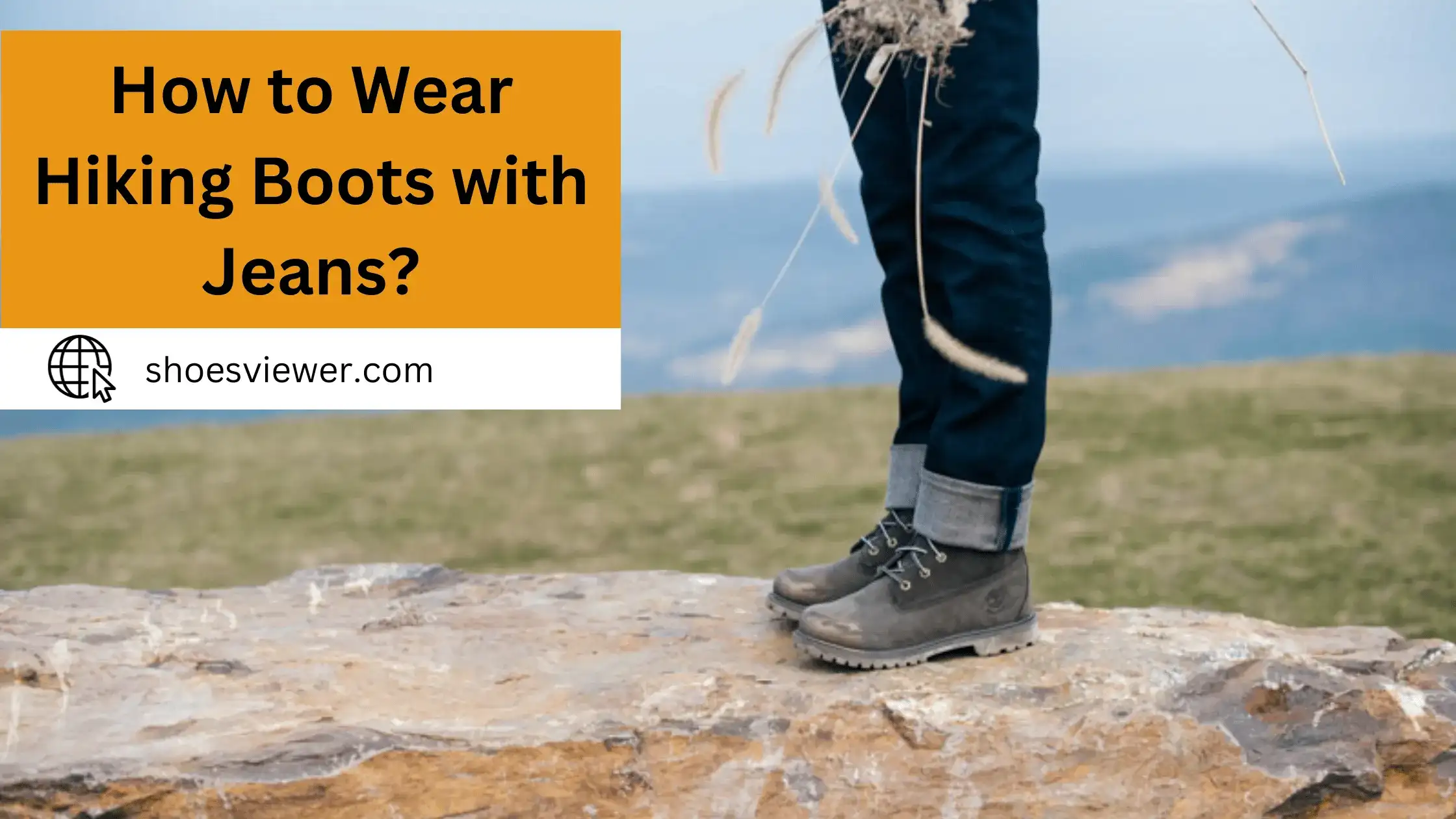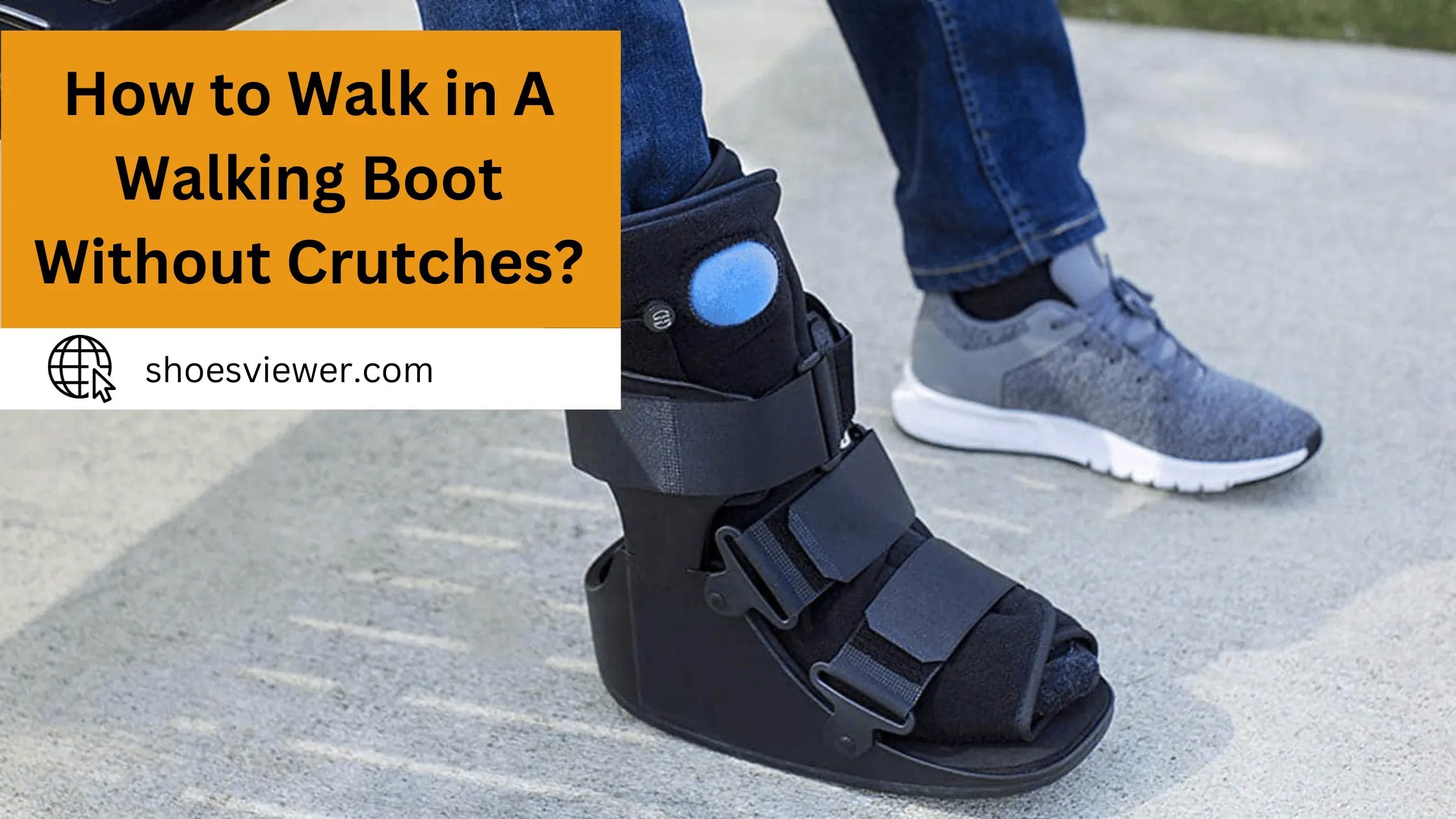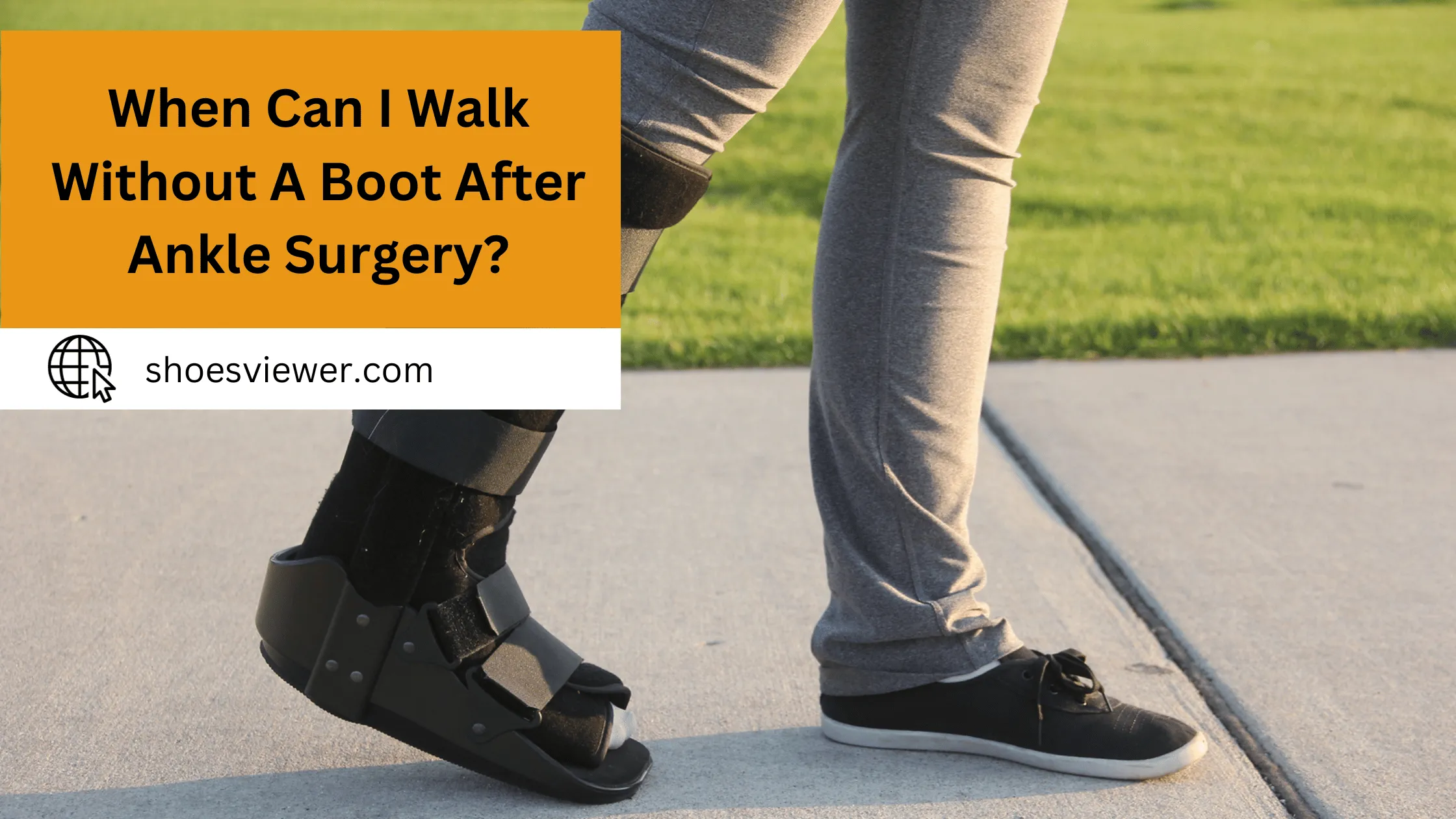When finding the perfect pair of boots, comfort is critical. Nothing is more disappointing than investing in a new pair of shoes only to find out they pinch or rub against your feet the wrong way. If you like that rugged outdoor look but need something cozy enough for everyday wear, Timberland boots may be just what you have been searching for. But before taking the plunge into buying a new pair, there’s one crucial question.
Timberland boots are generally made of high-quality leather and other durable materials to withstand various conditions. Because they are made to be sturdy, they do not stretch significantly as some softer materials might. However, like all leather footwear, Timberland boots can experience some degree of stretching over time, particularly in the width. This is especially true if they are exposed to moisture or worn extensively.
The Science Behind Boot Stretching: Material and Construction:
The primary factors involved in boot stretching are the materials used and the boot’s construction. Most Timberland boots use leather or nubuck, both known for their ability to stretch and conform to the wearer’s foot over time.
“Leather is an organic material, and as such, it will naturally stretch over time,” says Dr. Robert Dyer, a podiatrist and footwear expert. He adds that nubuck, a top-grain leather, will also stretch as it wears, albeit to a lesser extent than full-grain leather.
Regarding construction, Timberland boots utilize a welted structure or a direct-attach construction method. These methods create a sturdier boot, but the welted construction may be slightly more flexible, allowing for more stretch over time.
Factors Influencing the Stretch of Timberland Boots:
The stretch of Timberland boots, or any boots for that matter, is influenced by various factors. Understanding these factors can help you maintain the fit and longevity of your Timberland boots.
Material:
Leather Quality: The higher the quality of the leather, the less it will stretch out of shape. Full-grain leather, commonly used in Timberland boots, holds its shape well.
Type of Leather: Some Timberland boots come in nubuck leather, which can stretch more easily than full-grain leather.
Usage:
Frequency: The more you wear the boots, the quicker they stretch. Daily use puts more stress on the leather.
Activity Level: More rigorous activities like hiking or heavy labor can cause the boots to stretch faster than light walking or casual use.
Maintenance:
Conditioning: Regularly conditioning the leather can help maintain its integrity, but over-conditioning may make it too soft and more prone to stretching.
Drying Method: Letting boots air-dry naturally is best. Using heat to dry out wet boots can weaken the leather, making it more susceptible to stretching.
Environmental Factors:
Weather: Leather can expand in hot and humid conditions and contract in cold weather. Over time, these fluctuations can affect the boot’s shape.
Terrain: Walking frequently on uneven terrain can cause more stretching in specific boot areas.
Fit and Sizing:
Initial Fit: A too-large boot may not stretch as much since less pressure is exerted on the material. A snug boot may try more to adapt to the foot’s shape.
Insoles and Socks: The thickness of the socks worn and the use of insoles can impact how much the boots stretch. Thicker socks or added insoles may accelerate trying to accommodate the extra volume.
Manufacturing Variations:
Design: Some Timberland models might be designed with a roomier fit, which could influence how the material stretches over time.
Stitching and Construction: How the boots are stitched can also affect their stretch. Double-stitching and reinforced areas may limit stretching.
Considering these factors gives you a clearer idea of how your Timberland boots may stretch over time.
Timberland Boots vs Other Brands: A Stretch Factor Comparison:
When choosing a pair of boots, one of the key considerations is how the boots will stretch and conform to your feet over time. Timberland is a well-known brand that generally uses high-quality materials in its boots, but how does it stack up against other brands regarding the stretch factor? Here’s a comparison:
Timberland Boots:
Materials:
Timberland commonly uses full-grain or nubuck leather, known for its durability but also has some degree of stretch.
Stretch Over Time:
Timberland boots are designed to be sturdy and maintain their shape. However, they will stretch to some extent, mainly to conform to the shape of your feet.
Factors Influencing Stretch:
Environmental conditions, frequency of use, and type of activity can all influence how much a Timberland boot stretches.
Red Wing Boots:
Materials:
Red Wing often uses full-grain leather that is oil-tanned and designed for durability.
Stretch Over Time:
Red Wing boots are known for their robust construction and generally stretch less than other leather boots.
Factors Influencing Stretch:
Much like wear patterns influence Timberland, Red Wing boots, the type of activity, and environmental conditions.
Dr. Martens:
Materials:
Dr. Martens’s boots are usually made from various leather types, including softer ones that might stretch more easily.
Stretch Over Time:
Dr. Martens stretch more significantly than Timberland and Red Wing boots, often requiring a break-in period.
Factors Influencing Stretch:
The softer leather and more flexible construction mean that how you use the boots and the environmental conditions will significantly affect how much they stretch.
Wolverine:
Materials:
Wolverine boots are often made from full-grain leather, similar to Timberland and Red Wing boots.
Stretch Over Time:
Wolverine boots maintain their shape well but will stretch moderately to conform to your foot.
Factors Influencing Stretch:
Wolverine boots are affected by similar factors as Timberland and Red Wing boots: frequency of use, type of activity, and environmental conditions.
Caterpillar:
Materials:
Caterpillar boots are usually made from full-grain leather but can also include synthetic materials that affect stretch.
Stretch Over Time:
Caterpillar boots are generally robust and do not stretch as easily, maintaining their initial shape for longer.
Factors Influencing Stretch:
Because some models include synthetic materials, temperature and humidity can affect stretch less than all-leather boots.
Tips to Help Your Timberland Boots Stretch:
If you’re eager to expedite the stretching process and achieve a more comfortable fit, consider the following tips:
-
- Wear thick socks: Wearing thick socks while breaking in your boots can help mold the leather around your feet more quickly and expedite stretching.
-
- Use a shoe stretcher: Shoe stretchers are designed to help widen and elongate tight shoes, making them an excellent option for encouraging your Timberland boots to stretch.
-
- Apply leather conditioner: Regularly applying leather conditioner can help soften the material and make it more receptive to stretching.
-
- Break them in gradually: Rather than trying to wear your boots for long periods right away, break them in slowly by wearing them for short periods and gradually increasing the time spent in them. This process allows your feet and the boots to adapt to each other’s shape.
Conclusion:
In conclusion, finding the perfect pair of boots can be tricky. When found, you may also find that they don’t fit perfectly. If you’re considering a pair of Timberland boots, then the answer is they might stretch. Unlike other materials, leather flexes over time and conforms to your foot shape.
Moreover, using a good shoe tree will help maintain the longevity of a quality boot and keep it in an ideal shape even after being worn for extended periods. With proper care and maintenance, owning a good pair of boots is equivalent to having a good investment; your feet will thank you for it!
